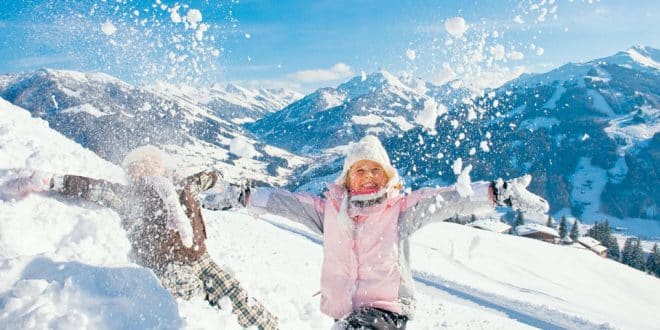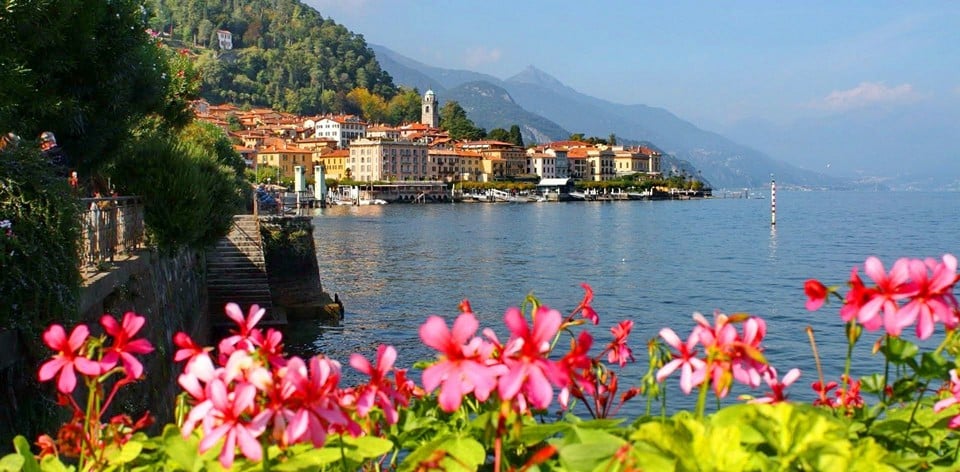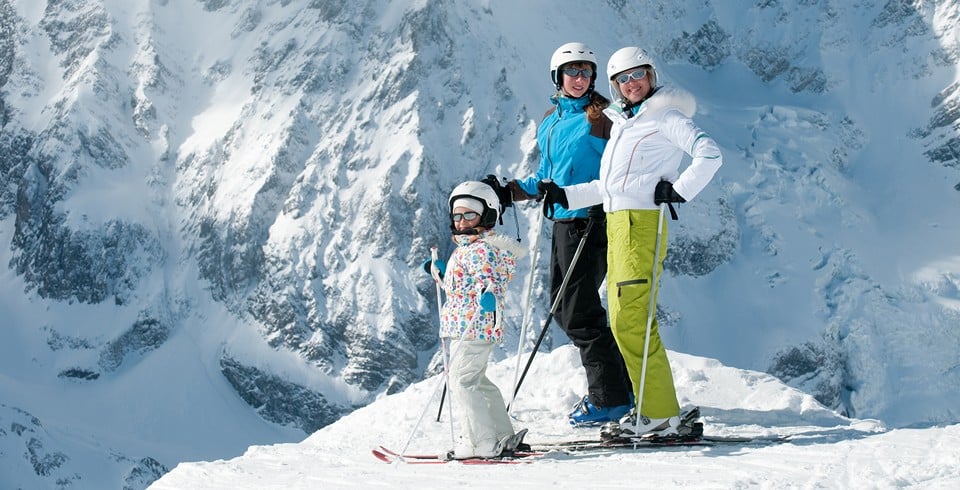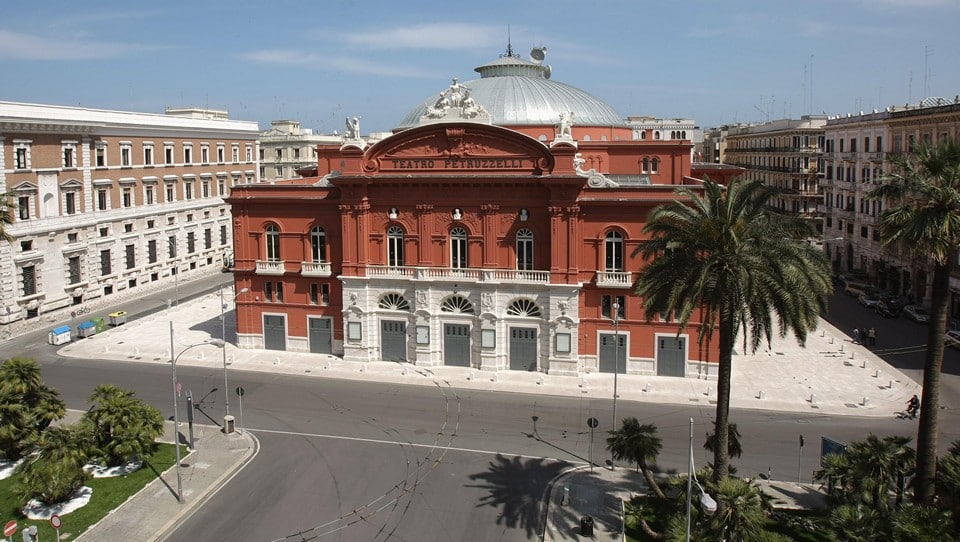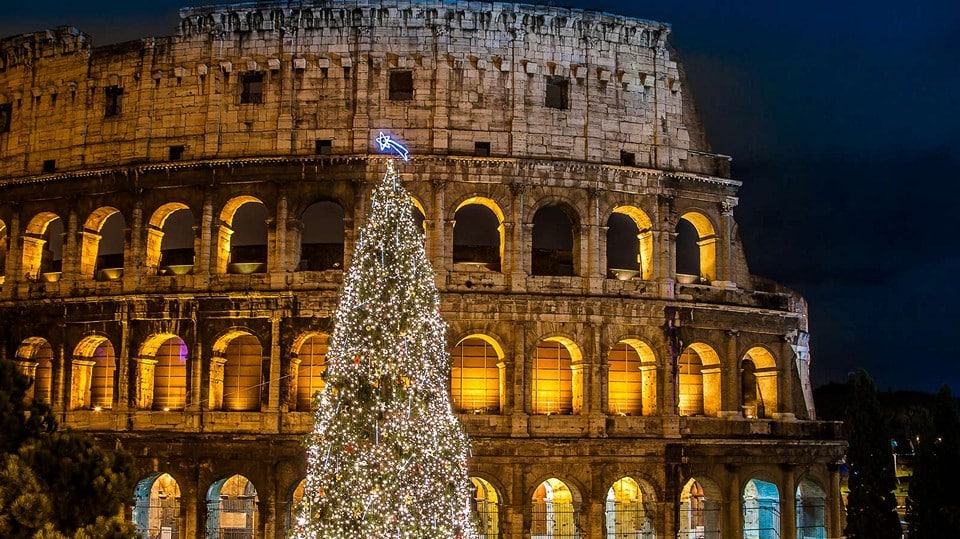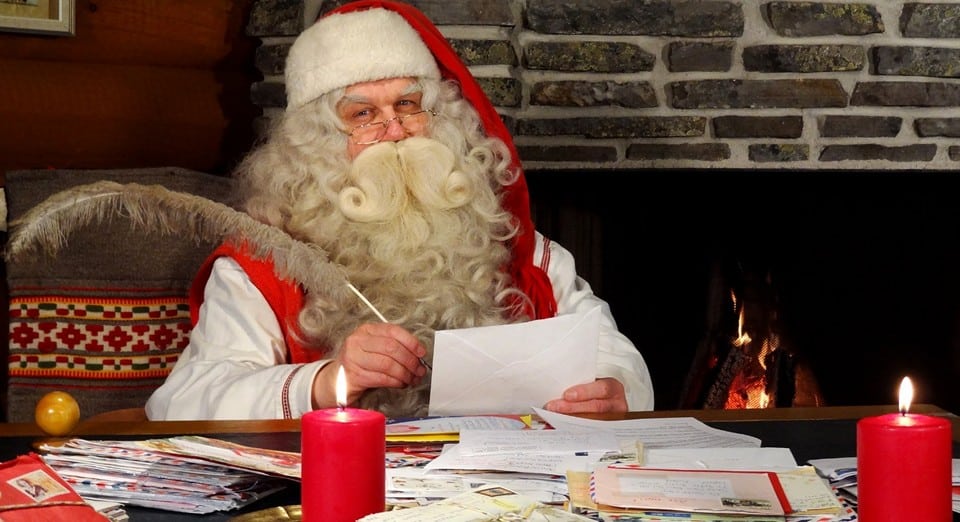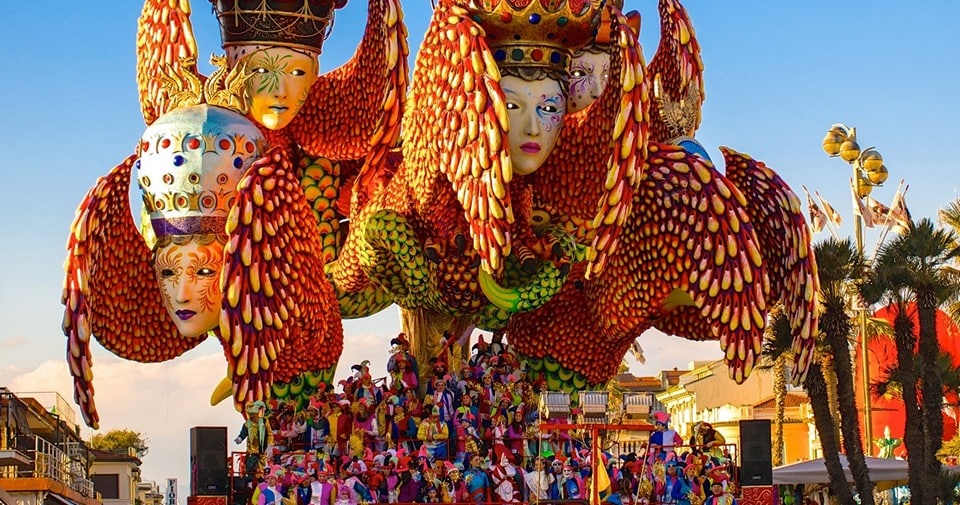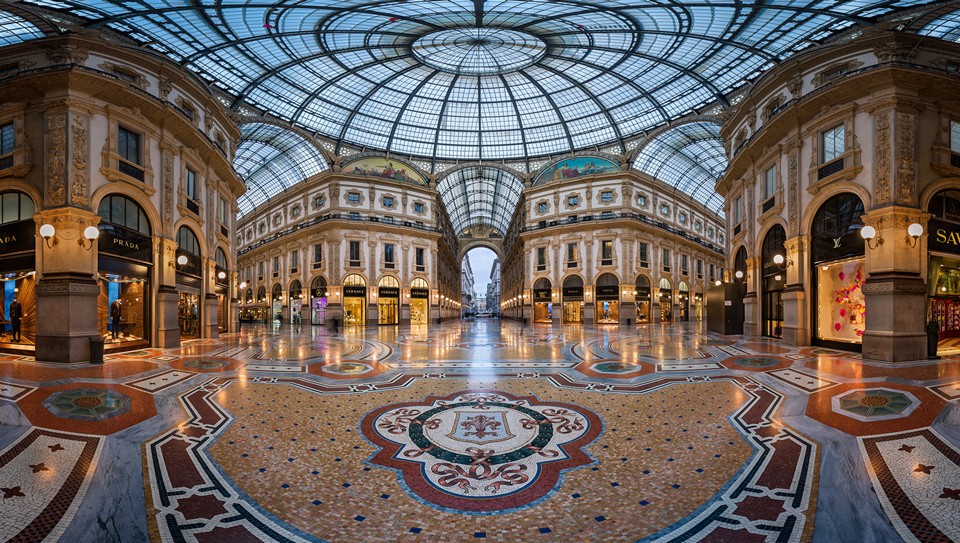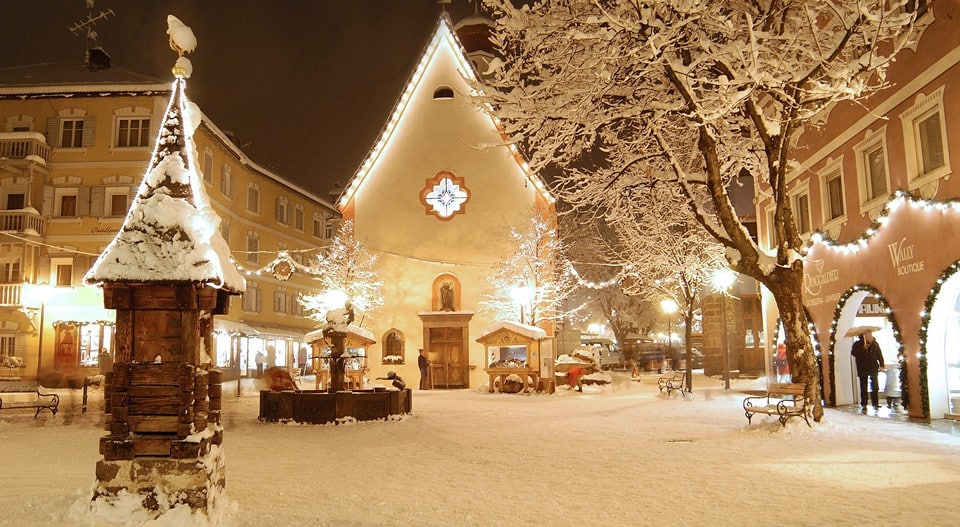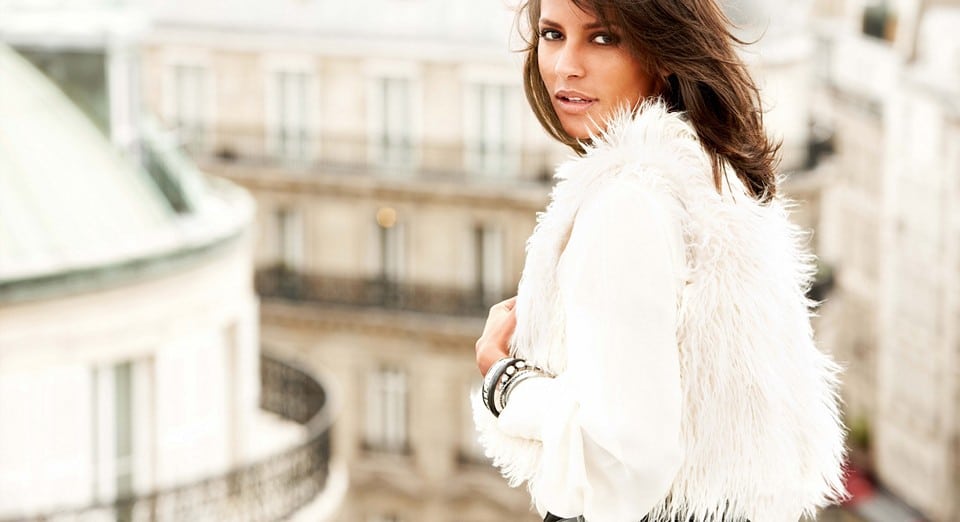Italy in winter is just as wonderful for travel as in other seasons. You’ll enjoy lower prices for tickets and accommodation, fewer tourist crowds, and the sales season. Winter offers ski and thermal resorts, the theater season’s peak, and the Christmas magic atmosphere.
Page Contents
Summary of Winter in Italy
Best Places to Visit in Italy during Winter
There are numerous options for a winter vacation in Italy – thermal springs, skiing, or celebrating Christmas and New Year in Rome. Let’s go through them in order.
Thermal Springs
Excursion trips around Italy can be combined with health treatments at thermal resorts. All resorts are located close to tourist routes. There are about 400 thermal springs throughout the country. People come here to treat musculoskeletal disorders, gynecological problems, skin diseases, and other ailments. Resorts offer the chance to relax and improve your health in thermal spa centers and baths. The cost and duration of treatment depend on your goals, whether for health or cosmetic procedures.
Terme di Bormio
The Bormio ski resort is located in the north of the country in the Lombardy (Lombardia) region, near the Swiss border, in the town of Bormio (Bormio). There are three SPA complexes with thermal springs that operate year-round:
- The QC Terme Hotel Bagni Vecchi complex includes springs opened by the ancient Romans. The baths were equipped then. It has a pool and several baths for different treatments: washing, saunas, and mud baths. The age of the complex creates some inconveniences. Compared to new buildings, it looks slightly worn, and the transition between distant parts of the baths is in the open air.
- QC Terme Grand Hotel Bagni Nuovi – a new complex with a wide range of treatments. Vacationers highly value the spa procedures in this part of Bormio.
- The Palace Hotel Wellness & Beauty is located in the town. It’s something in between the first two options. Variety of treatments, large indoor pool, whirlpool baths – no chance of getting bored.
- Also, we recommend reading about: the thermal baths in Sirmione and the Bormio ski resort.
Thermal Baths on Ischia Island
Ischia Island is located 40 km from Naples (Napoli). Winter temperatures range from +41°F to +53.6°F (+5 to +12°C). Usually, people visit the island for health improvement and relaxation at one of its 6 thermal parks. However, there’s a nuance for winter. Almost all of them close for the season. However, many hotels on the island offer wellness complexes and spa centers with thermal treatments.
- Read the article: hotels near thermal springs on Ischia Island
Lake Como
Lake Como (Lago di Como) is located in the Alps (Alpi), 40 km north of Milan (Milano), in the Lombardy region. It is one of the deepest lakes in Europe. The lake is surrounded by picturesque mountain landscapes. Along its shores are small resort towns and villages. The area is favored by European aristocrats, and you can observe luxurious villas of the elite alongside modest rural views.
In Como, you can see the Duomo di Como, a 9th-century cathedral – a masterpiece of the Renaissance with Gothic elements. The medieval Castel Baradello towers 400 meters high on a hill. From the top, there’s a marvelous view of the lake and mountains.
Palaces, cathedrals, and villas, many of which are around the lake, astonish with their architectural diversity and decorations. There are hotels in ancient villas for those wanting to immerse themselves in luxury. For instance, in Bellagio (Bellagio), guests are welcomed by the Grand Hotel Villa Serbelloni, and also the world’s most beautiful Christmas ornaments.
Suggestions for you:
- Tips for choosing a hotel on the shores of Lake Como – which one to choose?
- Beautiful photos of Como – for inspiration before your trip
Mountains
Mountains and ski resorts are among the top winter attractions in Italy. The Valle d’Aosta resort, at the foot of the Alps, is trendy. It combines 25 large and small ski resorts. Valle d’Aosta is situated at the crossroads of Italy, Switzerland, and France. You can ski down the slopes in any direction. Remember to carry your Schengen visa; crossing the border without it might lead to deportation. By the way, Valle d’Aosta is the highest point in northwestern Italy. It is home to the Monte Bianco (Mont Blanc) and Monte Rosa mountains. Valle d’Aosta includes world-famous resorts like Cervinia, Courmayeur, La Thuile, Pilu, and Monte Rosa.
Other popular resorts include those in Trentino-Alto Adige, “Dolomiti Superski,” Val di Fassa, and Val di Fiemme.
In Lombardy (Lombardia), at the foothills of the Alps bordering Switzerland, are resorts like Valtellina, Livigno, Bormio, and others.
The variety and abundance of ski resorts in Italy are astounding. There’s something for everyone, with well-developed infrastructure and breathtaking landscapes adding to the appeal.
The slopes are designed for all levels of skiers. Numerous winter activities are available: speed skiing, tobogganing, snowboarding, freestyle, ski mountaineering, ice skating, heli-skiing (off-trail, downhill skiing accessed by helicopter), and even ski schools for all ages. Almost all resorts offer a unified pass, giving access to all the area’s slopes. The only downside is that during the peak ski season in winter, forget about discounts and low prices.
Bari
The port city of Bari, the capital of the Apulia (Puglia) region, is a hub of agriculture, trade, and tourism. Tourists are drawn to the city by the Saint Nicholas the Wonderworker relics, housed in the Basilica of Saint Nicholas (Basilica di San Nicola). The relics are kept inside a column, believed to have healing powers upon touch.
In Bari, you will also find the Patriarchal Court of Saint Nicholas (La Chiesa Russa di Bari), funded by Russian churches and even Emperor Nicholas II (Imperatore Nicola II).
The Petruzzelli Theatre (Teatro Petruzzelli) is also worth visiting. This elegant two-story building has hosted performances by Frank Sinatra, Ray Charles, Luciano Pavarotti, and other world-renowned artists.
In winter, temperatures in Bari rarely drop below +5°C (41°F). While sunbathing and swimming might not be possible, it’s a great time to explore local attractions without the tourist crowds.
Traveling Italy in Winter with Children
No matter which part of Italy you visit in winter with a child, you can’t go wrong. Ski resorts aren’t too cold, and your little ones can learn to ski with all the necessary equipment provided. Every resort features entertainment centers to keep children engaged.
Feel free to explore Italian landmarks in tourist cities like Rome, Florence, and Naples. Your child won’t get tired from the scorching sun or get too cold.
New Year’s and Christmas in Italy are particularly magical for young travelers. During this time of the year, the country transforms into a fairy tale with beautiful and festive decorations.
Christmas Holidays
The most important winter holiday in Italy is Christmas (Il Natale), celebrated on the 24th, 25th, and 26th of December. The most extensive celebrations take place in Rome (Roma) and the Vatican (Vaticano). Italians cherish the Christmas and New Year holidays, starting preparations in early December.
Streets and alleys are adorned with holiday lights and Christmas trees. Homes, streets, and squares feature Nativity scenes – depictions of the birth of Jesus Christ (Gesù Cristo).
Santa Claus
In various cities, people impersonate historical characters themselves. Gifts are traditionally placed under the Christmas tree to be opened on the 25th. Particular attention should be paid to the Italian Santa Claus – Babbo Natale (Babbo Natale). His figures are sold in all gift shops. They are hung out of windows or on balconies. Babbo Natale is believed to have climbed a ladder into the window, bringing gifts and happiness for the New Year.
Markets
During the pre-Christmas period, trade comes alive as everyone stocks up on souvenirs and gifts. A unique festive atmosphere reigns at the numerous Christmas markets. The most famous one, the Bolzano Christmas Market (Mercatino di Natale Bolzano), unfolds in Walther Square (Piazza Walther) from late November to December 23. Other notable markets can be found in Merano, Bressanone, Brunico, Vipiteno, Livigno, and in Turin (Torino), Milan (Milano), Rome, Naples (Napoli), Florence (Firenze), Venice (Venezia).
At the markets, you can buy gifts and souvenirs from artisans from different regions of Italy. A variety of local delicacies and traditional dishes are at your service. New Year’s (Capodanno) and Epiphany (L’Epifania) are equally cherished by Italians. Epiphany is celebrated on January 6. On this day, Befana (Befana), an Italian mythological character, brings gifts to good children. Naughty kids get coal in their stockings. Christmas, New Year’s, and Epiphany in Italy are public holidays. During the winter holiday from December 24 to January 6, prices rise significantly due to the influx of tourists. During this period, most tourist attractions are closed for visits.
Carnivals
In February, a series of noisy Carnivals (Carnevale) sweep across Italy. Although the holiday has religious roots, Italians celebrate it with particular pomp. In every city where a carnival parade takes place, you can try the signature dish of the Carnival.
Carnivals start 40 days before Easter (La Pasqua). As Easter always has a variable date, checking the carnival dates is necessary. The largest carnival festivities often last several weeks. The peak of the celebrations often falls on the last weekend before the Carnival. The world-famous Venice Carnival is a celebration of art, traditions, and vivid colors. Traditional masks, gondolas, and masquerade costumes make the festival unforgettable!
The Viareggio Carnival (Carnevale di Viareggio) in Tuscany (Toscana) has been celebrated for 140 years and is known for its procession of festive floats carrying giant dolls – caricatures of various celebrities from the present and past. This Carnival is considered the second largest in the country.
You can also visit the carnival in Cento or Tricarico, the Mamoiada Carnival (Carnevale di Mamoiada) in Sardinia (Sardegna), or the Apulian Carnival (pugliese Carnevale) in Putignano (Putignano). Each is magnificent, with its own traditions and historical features.
Sales
Many tourists are interested in when the sales season starts in Italy. Winter discounts in Italian stores typically begin on the first Saturday of January and last for 2 months. During the winter sale, you can purchase demi-season coats, jackets, down jackets, scarves, and hats. Don’t overlook leather goods – shoes, bags, belts, gloves, and wallets. Unfortunately, buying a fur coat at a good discount is unlikely.
Items from world-famous brands and those made in Italian factories are sold off. In any case, you’ll be pleased with the quality of your purchase.
Recommended reads:
- Review of the Castel Romano Outlet in Rome
- The Mall Outlet in Florence
- Sales in Italy – a shopaholic’s guide
The first week of sales is not the best time due to the large crowds. It won’t be easy to properly try on and evaluate an item in the rush. Stores divide their merchandise into parts and try to refresh their inventory every week. Therefore, it’s better to wait out the peak. Towards the end of the sales season, discounts can reach 70-80%. Minimal discounts are offered by stores along popular tourist routes.
It’s best to head to Rome (Roma) for branded items. For shoes and bags, go to Rimini (Rimini). This is also the place for suits, evening and business dresses, and clothes for non-standard figures. In Milan (Milano), you’ll find everything! For those who can’t imagine their life without fashion, there’s Galleria Vittorio Emanuele II. Stores with more mass-market brands can be found on Corso Vittorio Emanuele and Corso Buenos Aires streets.
Winter Weather in Italy
Italy, stretching 1,170 kilometers from north to south and featuring varied terrain across regions, experiences different climates from moderately continental in the north to Mediterranean in the center and south. Most precipitation falls in November and December. Although snow and rain are not uncommon in other winter months, there are many clear days.
In December, daytime temperatures in the south are around +13 to +16°C, and night temperatures are about +4 to +5°C. In central areas, temperatures range from +5 to +13°C. In the north, daytime temperatures are around +4 to +5°C, dropping to about -5°C at night. The south and central regions experience rain, while the north gets snow. In the southern regions, the harvest season ends, and the last fruits ripen.
January is the coldest month. In Rome, daytime temperatures hover around +10 to +12°C, dropping to +4°C at night. In Milan and Verona, the average daytime temperature is about +4°C, falling to -2°C at night.
The warmest cities are Palermo and Naples, with daytime temperatures up to +14°C and night temperatures around +11°C. However, Naples can sometimes have a lot of rain. The sea is cold, around +12°C, and the winds are pretty chilly.
In February, the north is blanketed with snow, while the south experiences prolonged rain. In the capital, daytime temperatures reach up to +13°C, with the same +4°C at night. Verona and Milan warm up during the day to +7°C and cool down at night to 0°C. The warmest place is Palermo, with daytime temperatures of +15°C and nighttime temperatures of +11°C.
- Recommended read about weather in Rome.
How to Dress in Winter in Italy
Dressing for the weather in Italy during winter depends on your region, the month, and your activities, whether skiing, museum hopping, or evening strolls. But to look like an authentic Italian, you must follow some style rules.
High-society ladies in Italy typically wear furs. Older women prefer long fur coats, while younger women opt for short fur jackets. Shearling coats are also popular. Additionally, fur is welcomed in footwear and accessories.
Footwear is always comfortable, rarely with high heels. Italian women favor suede booties, and young girls often choose sporty-style shoes. Usually, the shoes are black or brown.
If you’re unsure what color to wear, black is a safe choice. But try to avoid looking dull by adding an accessory of a different color. Another tip: tourists are often distinguished from Italians by backpacks unless it’s a camera bag. Avoid dressing too casually, Even if you plan to spend the whole day in museums. Skirts or trousers that allow movement, a blouse or shirt, comfortable shoes, a coat, and a scarf are ideal.
Show your appreciation for Italian style with a hat and sunglasses.
Men in Italy often prefer beige, plaid patterns, scarves, and sunglasses. Fashion-conscious men wear deep-colored velvet trousers, but not black. There’s usually no black color in an Italian’s wardrobe. Almost all Italian men wear shirts all the time, everywhere. In winter, wear a puffer jacket, preferably beige. If it’s dark, wear it unbuttoned. Layering and headwear such as caps and hats are also in fashion.
 Italy for me From Italy with love
Italy for me From Italy with love

